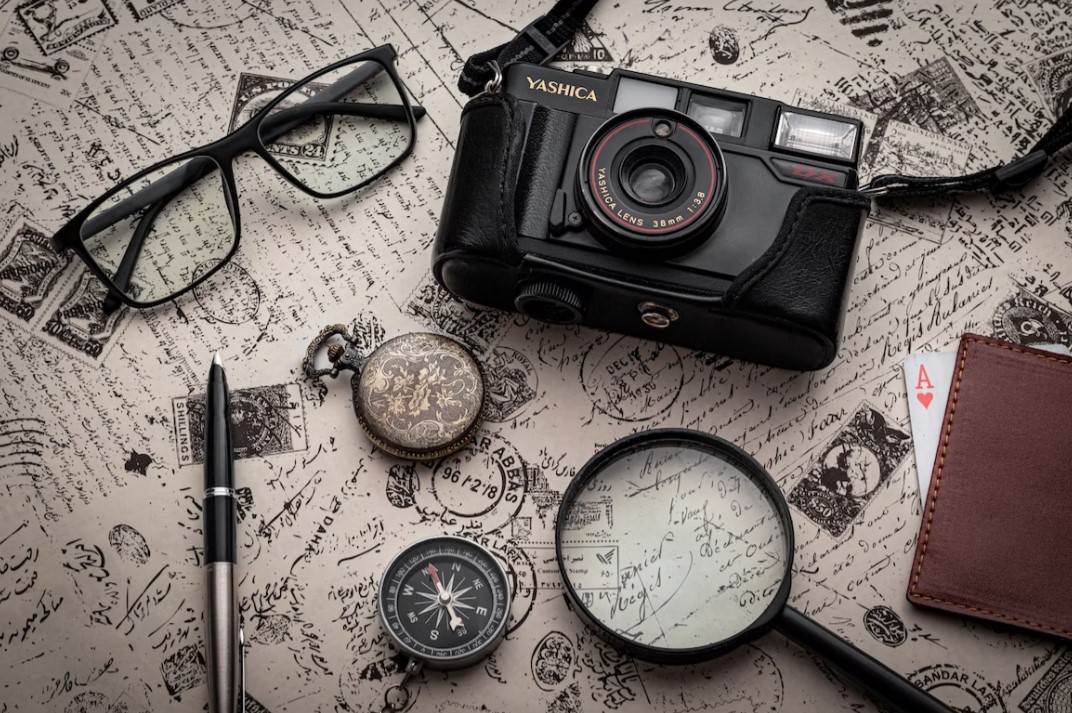In this post, we’ll help you get familiar with the 10 key poetic devices that you can use in literary analysis. We will give you a clear definition of each of the terms we’re discussing along with some examples of literary elements.
Often, literary devices are used in writing for emphasis or clarity. Authors will also use literary devices to get readers to connect more strongly with either a story as a whole or specific characters or themes.
So why is it important to know different literary devices and terms? Aside from helping you get good grades on your literary analysis homework or an exam, there are several benefits to knowing the techniques authors commonly use.
For example, being able to identify symbols in a story can help you figure out why the author might have chosen to insert those focal points, and what those might suggest in regard to their attitude toward certain events, plot points, and characters.
Finally, literary techniques are important to know because they make texts more interesting and more fun to read.
Thanks for reading! If you find this useful, please check our website that covers various English Literature and Language courses here:
WHAT ARE LITERARY DEVICES?
Literary devices are techniques that writers use to create a special and pointed effect in their writing, to convey information, or to help readers understand their writing on a deeper level. In this post, we’ve talked about Descriptive Writing Techniques that will help you write more vividly, make sure you check it out as well as it’s an inseparable part of descriptive writing as a whole.
LIST OF LITERARY DEVICES:
Metaphor: A metaphor is a figure of speech in which a word or phrase is applied to an object or action to which it is not literally applicable. Example: “All the world’s a stage” – William Shakespeare (As You Like It)
Simile: A simile is a figure of speech in which two, unlike things, are explicitly compared, usually using “like” or “as.” Example: “Death, be not proud, though some have called thee/Mighty and dreadful, for, thou art not so” – John Donne (Holy Sonnet X)
Personification: Personification is a figure of speech in which non-human things or abstract ideas are given human attributes or characteristics. Example: “The wind howled through the night” – Edgar Allan Poe (The Raven)
Alliteration: Alliteration is the repetition of the initial sounds of words. Example: “Peter Piper picked a peck of pickled peppers” – nursery rhyme
Assonance: Assonance is the repetition of vowel sounds in a sentence. Example: “I wandered lonely as a cloud” – William Wordsworth (Daffodils)
Rhyme: Rhyme is the repetition of the same sound at the end of two or more words. Example: “Twas the night before Christmas, when all through the house/Not a creature was stirring, not even a mouse” – Clement Clarke Moore (A Visit from St. Nicholas)
Imagery: Imagery is a language used to create visual or mental images in the reader’s mind. Example: “I saw the best minds of my generation destroyed by madness, starving hysterical naked” – Allen Ginsberg (Howl)
Symbolism: Symbolism is the use of symbols to represent ideas or concepts. Example: “The green light at the end of Daisy’s dock” – F. Scott Fitzgerald (The Great Gatsby)
Irony: Irony is a literary device in which the opposite of what is expected occurs. Example: “It was the best of times, it was the worst of times” – Charles Dickens (A Tale of Two Cities)
Onomatopoeia: Onomatopoeia is the use of words that mimic the sounds they describe. Example: “The pop and hiss of soda cans opening” – Langston Hughes (The Weary Blues)
We’ve prepared for you Descriptive and Creative Writing Prompts so you can start practising everything you’ve learned from this article straight away!












